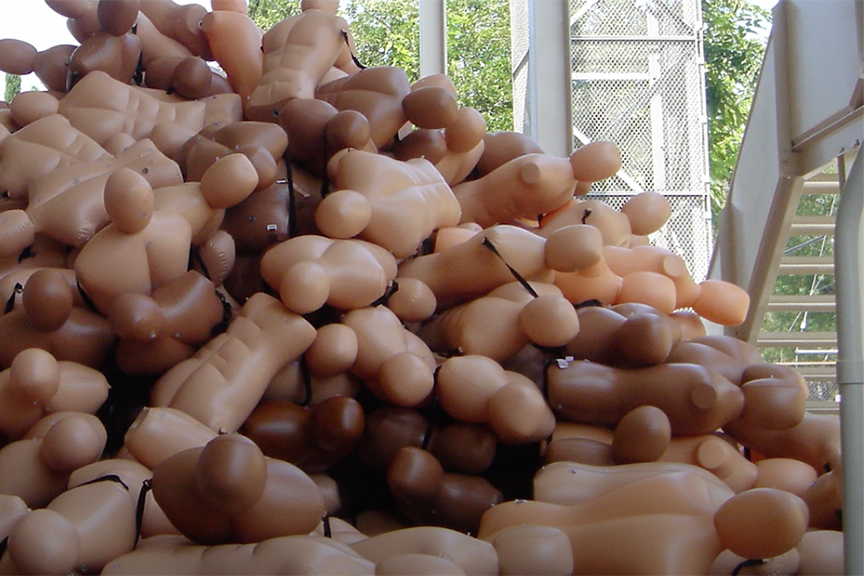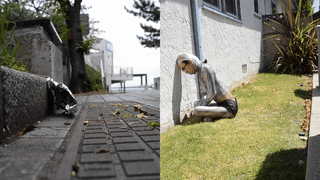Sophie Calle — The Address Book
Calle finds an address book on the ground, belonging to a certain “Pierre D.” She photocopies the book before returning it anonymously, and then goes around tracking down the names in this book, interviewing any who will respond to find out more about the owner. Chaos ensues, etc… I personally really enjoy the perversion of this project and how naturally it meshes with the rest of Sophie Calle’s “spying,” body of work.


The Inflatable Crowd Company
Maybe a bit of a stretch to call this temporal capture or portraiture, but in my defense they are creating temporal “portraits” of non-real people to be captured in the background of a cinematic event. Also I just really wanted to include them because they’re so weird and I think cheap movie-trickery can be really beautiful as fine arts. Company that creates inflatable dolls to fill the background of crowd scenes in movies for a price cheaper than creating the same effect with CGI.
A little Rippley’s video on it: https://youtu.be/66PIr7Z2QZ8?feature=shared



Jenny Holzer — Cursed (? There are a few different ways it’s being titled online and I did not take a picture of the info-plaque-thing when I saw it)
Lead and copper plates with tweets stamped into them. Kind of a portrait of the president’s digital footprint made permanent. I’m not the biggest fan of the very on-the-nose choice of subject, but I understand the decision and think it does it well. Big shocker to anyone who’s taken at least one class with me — I’m a big fan of poetics and the temporal digital made permanent physical.















 .
.




